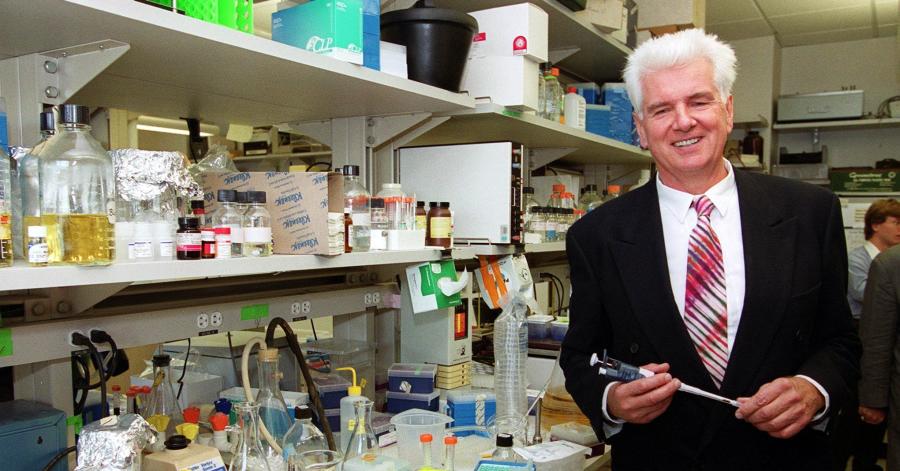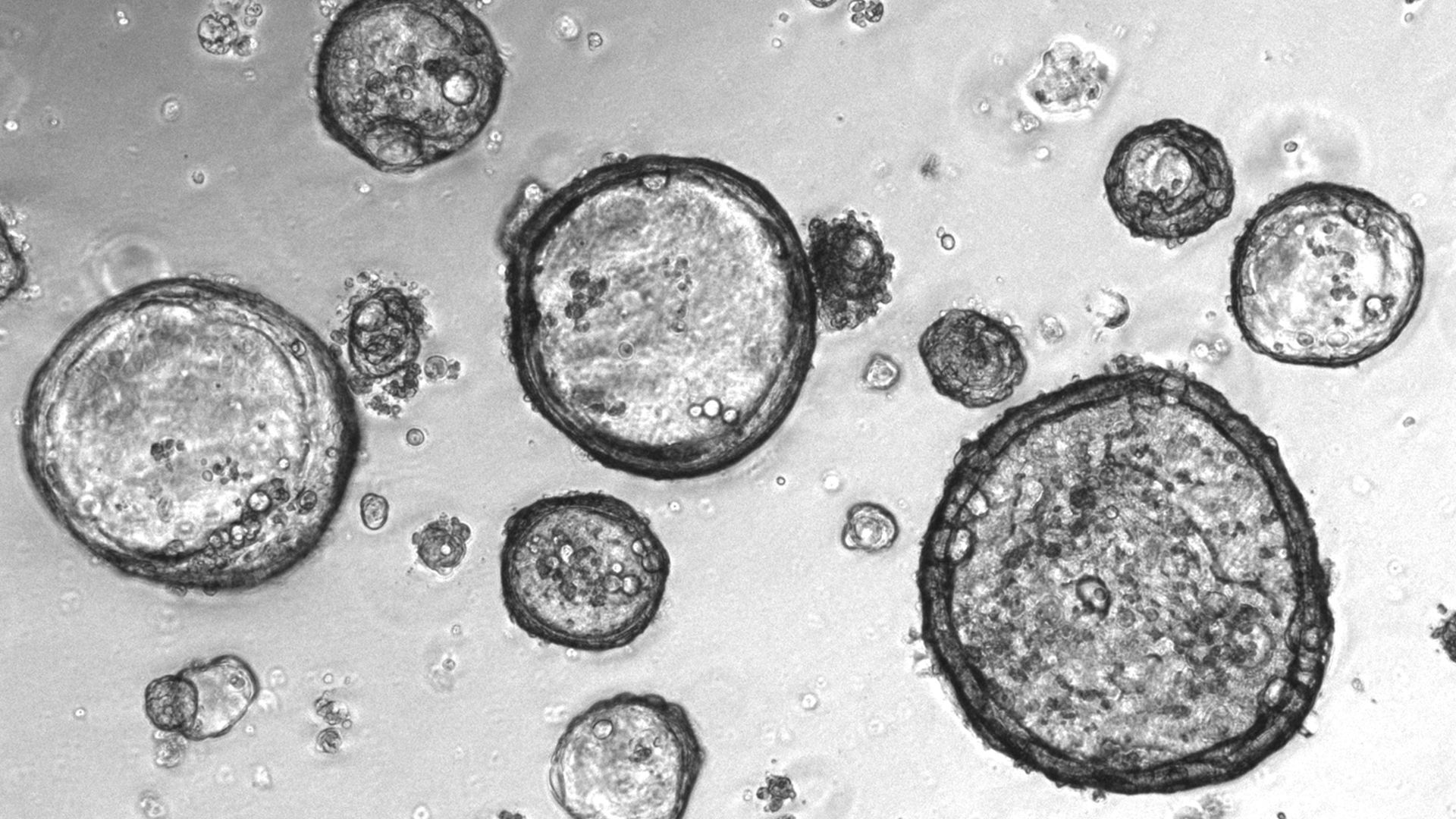Summary: A new study didn’t find much of a difference between healthy low-carb and low-fat diets. The people on both diets lost about the same amount of excess weight. [This article first appeared on LongevityFacts. Author: Brady Hartman. ]
Is cutting carbs or cutting fat is better? A new study published in the Journal of the American Medical Association, suggest that it may not matter much.
A team of researchers led by Christopher Gardner, a professor of medicine at the Stanford University School of Medicine, followed 609 overweight adults ages 18 to 50. The researchers put the study participants, consisting of equal numbers of men and women, on either a low-carb diet or low-fat diet for 12 months.






